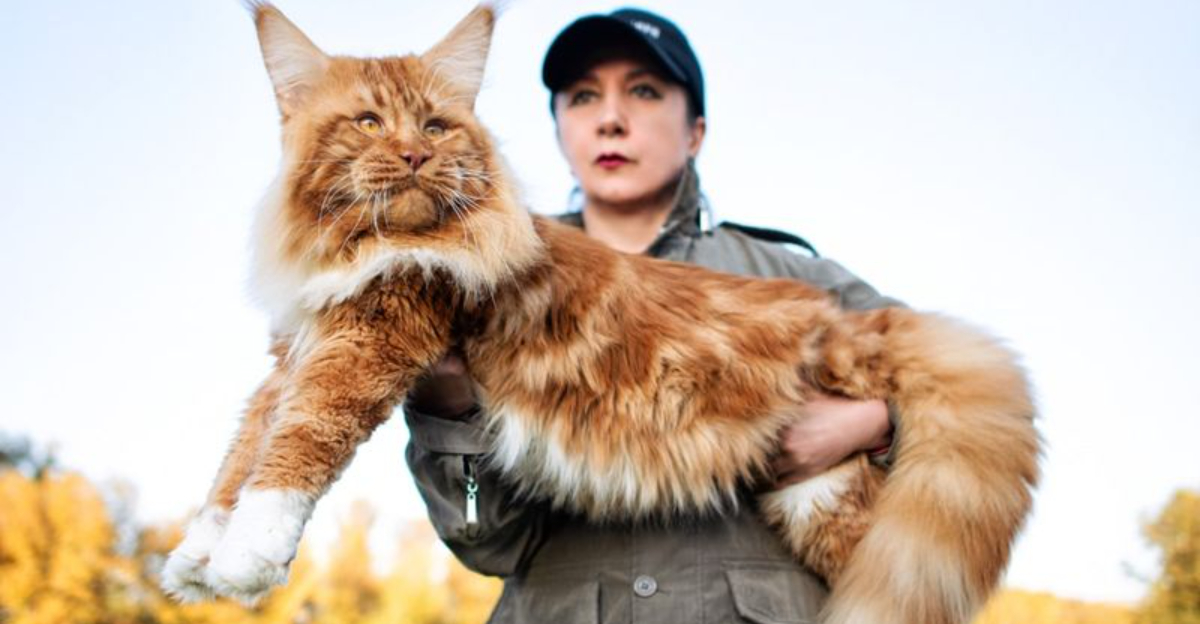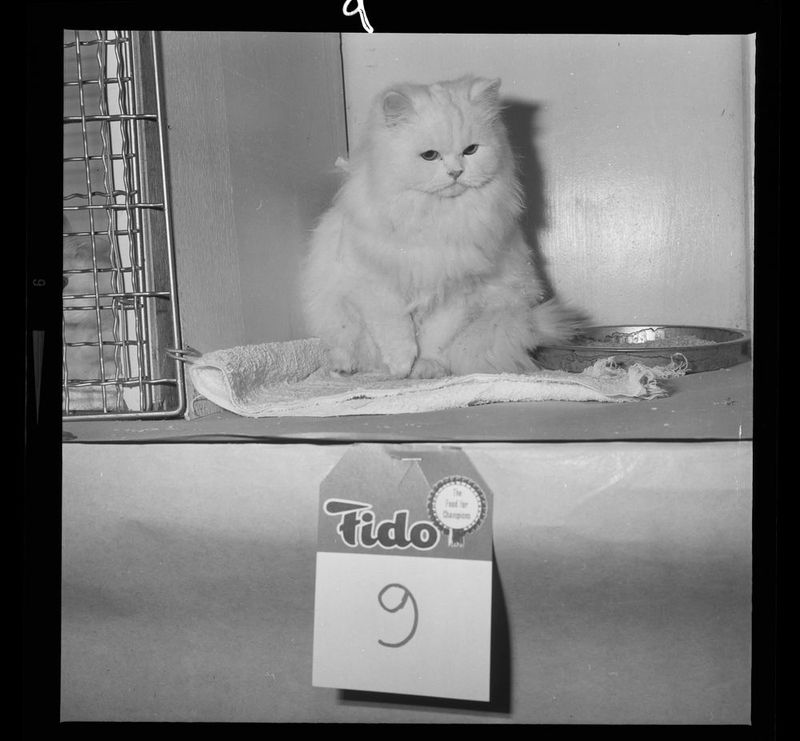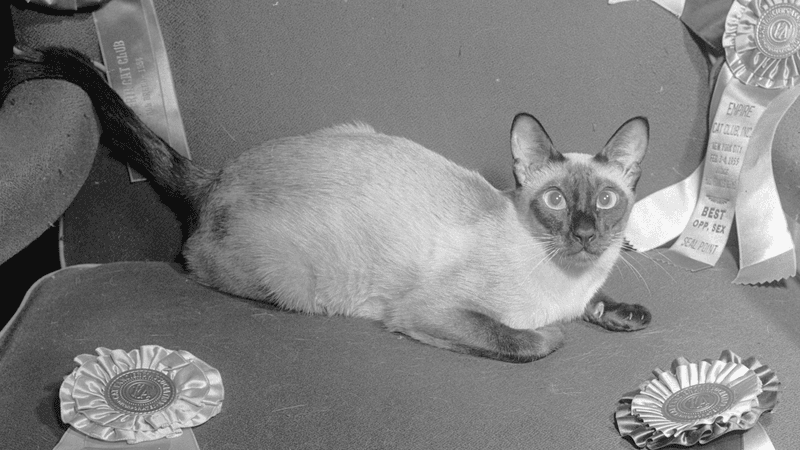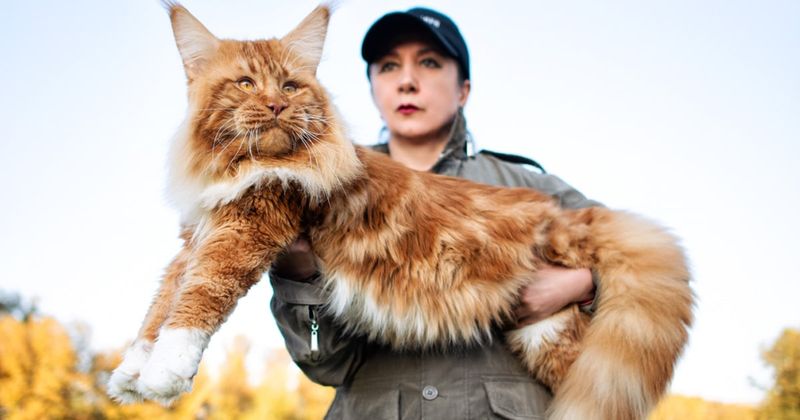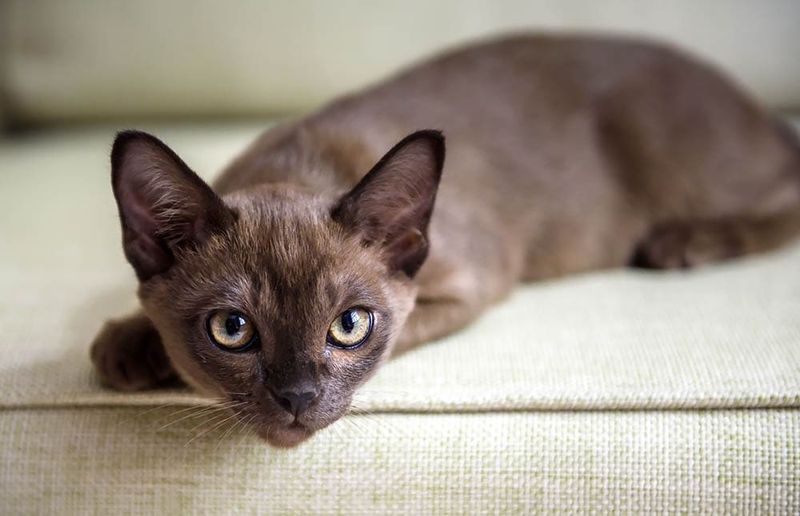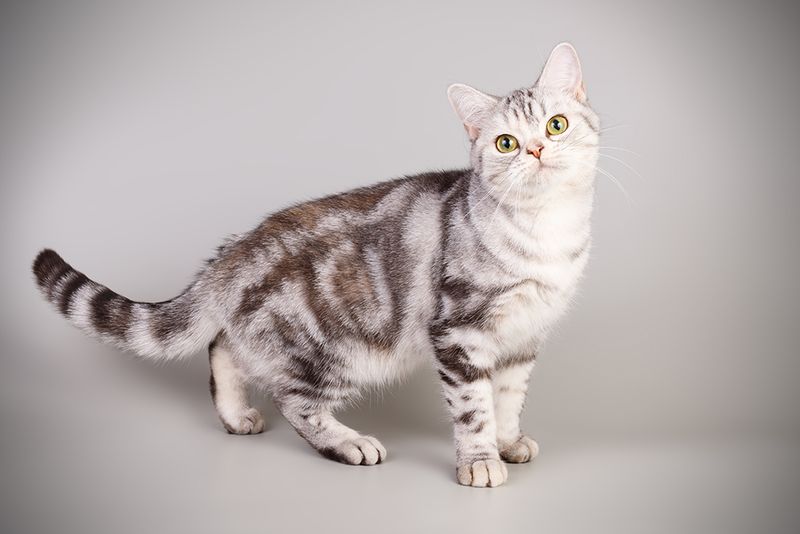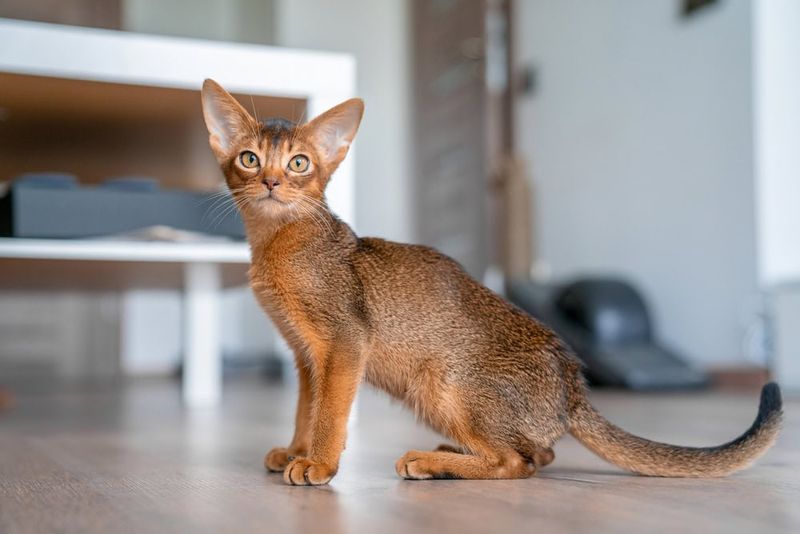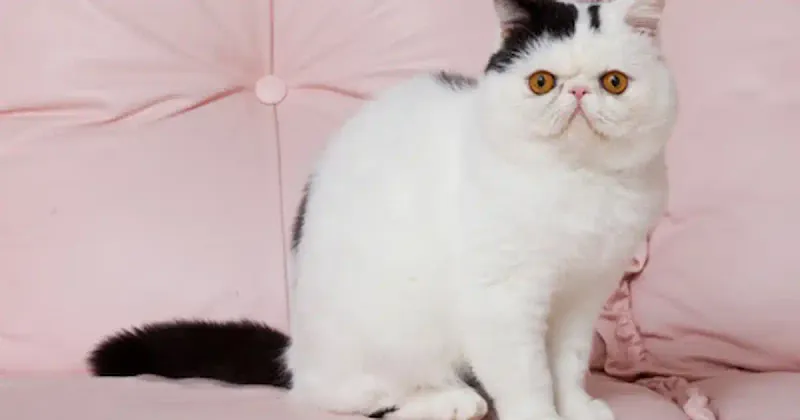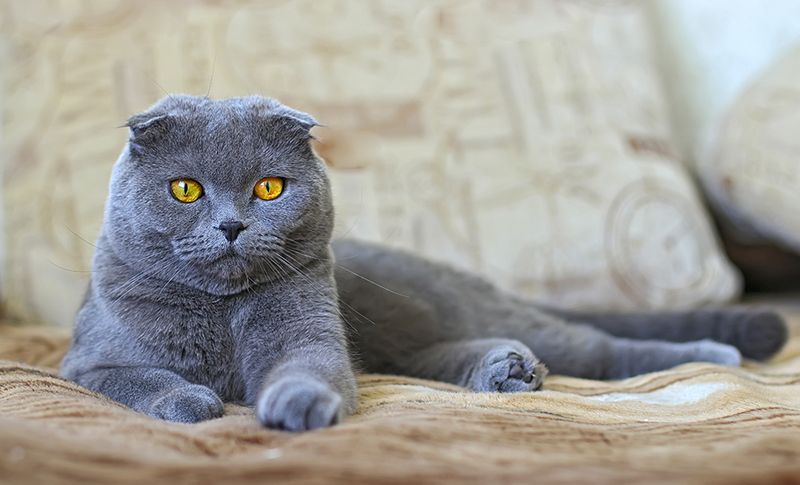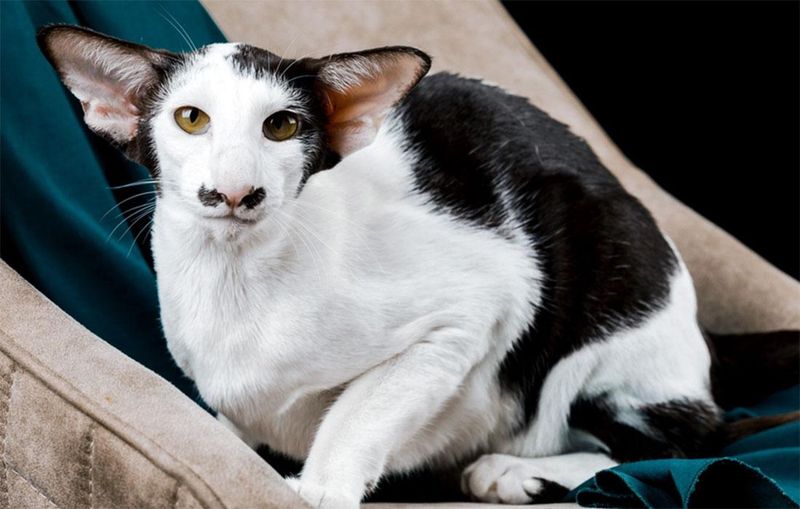📖 Table of Content:
The 1970s marked a unique era for feline aficionados, highlighting an eclectic mix of breeds that captivated cat lovers worldwide. From the luxurious tresses of the Persian to the sleek elegance of the Siamese, each breed brought its own charm and personality to the table. These ten breeds not only defined the decade but also left a lasting impression on the history of felines.
1. Persian
A Persian’s allure is undeniable, with its long, flowing coat and gentle eyes. This breed’s history dates back centuries, but in the 1970s, its popularity soared. Persians were the epitome of elegance and were often featured in films and media. Their serene nature made them a household favorite. Despite their high-maintenance grooming needs, owners adored their affectionate personalities. Many found solace in their quiet presence, reflecting the laid-back ethos of the decade. Did you know? Persians were one of the earliest pedigreed cats, recognized by cat associations since the late 19th century.
2. Siamese
With captivating blue eyes and a voice to match, Siamese cats were the talkative companions of the 70s. Known for their social nature, these cats thrived on interaction, making them ideal for families or individuals seeking companionship. Originating from Thailand, their history is rich and colorful. In the 1970s, their unique appearance and lively personality made them a top choice among cat lovers. Siamese cats were more than pets; they were family members, often initiating conversations with their distinctive meows. Their devotion to their human counterparts was unmatched.
3. Maine Coon
Dubbed the “gentle giants” of the cat world, Maine Coons were adored for their size and friendly demeanor. Their origins are steeped in legend, with tales of them being ship cats or descendants of Marie Antoinette’s companions. The 1970s saw them become household names, beloved for their adaptability to varied climates. Despite their formidable size, Maine Coons were gentle and sociable, often enjoying playtime with kids. Their thick coats and tufted ears gave them a wild, yet endearing look. Fun fact: They are one of the oldest natural breeds in North America.
4. Burmese
Burmese cats were the quintessential companions of the 1970s, known for their muscular build and shiny coats. Originating from Burma (now Myanmar), their journey to the west began in the early 20th century. By the 70s, their affectionate and playful demeanor won over many hearts. These cats were best known for their loyalty and often followed their owners from room to room. Their inquisitive nature made them curious explorers of their surroundings. Did you know? The Burmese breed descends from a single cat named Wong Mau, who was crossbred to establish the breed.
5. American Shorthair
The American Shorthair, with its robust build and classic tabby patterns, became a symbol of the all-American pet in the 1970s. Known for their easygoing nature, they were perfect for families looking for a low-maintenance companion. Their adaptability to various living conditions, from city apartments to country homes, made them a popular choice. This breed’s history in America dates back to the early settlers, who valued them for their hunting prowess. By the 70s, they had firmly established themselves as beloved family pets. Fun fact: They were once known as the Domestic Shorthair.
6. Abyssinian
The Abyssinian is a breed that exudes elegance and energy, with its ticked coat and slender build. In the 1970s, this breed gained fame for its lively and curious personality. Often described as “dog-like,” Abyssinians formed close bonds with their owners, following them around the house. Their origins are mysterious, with connections to ancient Egypt, adding to their allure. This breed thrived in interactive environments, where they could explore and play. Their captivating presence and spirited nature made them a cherished addition to any home. Did you know? They are often considered one of the oldest known breeds of domestic cats.
7. Exotic Shorthair
The Exotic Shorthair, often dubbed the “lazy man’s Persian,” became a favorite in the 1970s due to its plush coat and easygoing disposition. This breed offered the affectionate nature of a Persian without the lengthy grooming routines. Their playful yet calm demeanor made them ideal companions for various lifestyles. Originally bred from Persians and American Shorthairs, Exotics were a testament to successful crossbreeding. Their expressive faces and charming antics endeared them to many. Fun fact: Despite their name, Exotics are entirely American in origin, having been developed in the United States.
8. Scottish Fold
Scottish Folds are instantly recognizable by their folded ears, a result of a natural genetic mutation. In the 1970s, these cats charmed many with their unique appearance and gentle demeanor. Originating from Scotland, their history is relatively recent, dating back to a single farm cat named Susie. Their sweet nature made them adored pets, often forming strong attachments to their human families. Despite their distinct look, Scottish Folds are known for their versatility in various environments. Fun fact: Not all Scottish Folds are born with folded ears; some retain the normal ear structure.
9. Oriental Shorthair
Closely related to the Siamese, Oriental Shorthairs are known for their diverse colors and patterns. The 1970s saw a surge in their popularity, as cat lovers were drawn to their striking looks and intelligent nature. These cats were vocal and expressive, often engaging in “conversations” with their owners. Their social demeanor made them excellent companions for interactive households. Developed in the mid-20th century, Orientals quickly gained a following for their unique appearance and spirited personalities. Fun fact: Oriental Shorthairs can come in over 300 color combinations, making each one truly unique.
10. Russian Blue
The Russian Blue, with its shimmering silvery-blue coat and captivating green eyes, was a symbol of elegance in the 1970s. Known for their reserved yet loyal nature, they often formed profound connections with their families. Their origins are shrouded in mystery, believed to be from the Archangel Isles in Russia. This breed’s quiet demeanor was a stark contrast to its vibrant personality when around familiar faces. Despite their reserved nature, Russian Blues were playful and enjoyed interactive play. Fun fact: Their dense coat has a unique texture, often compared to that of seals.
